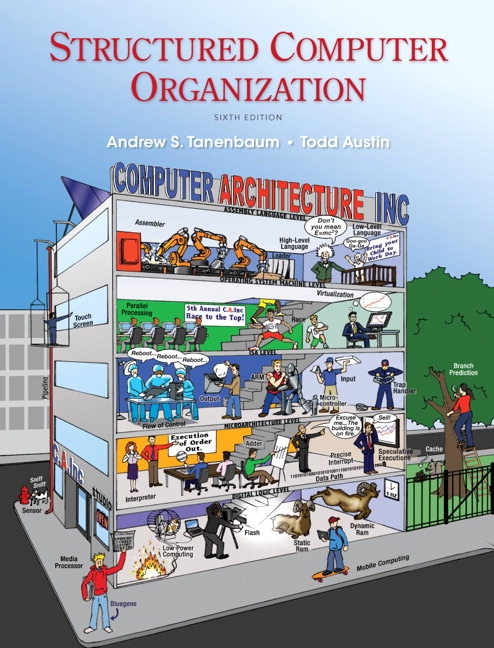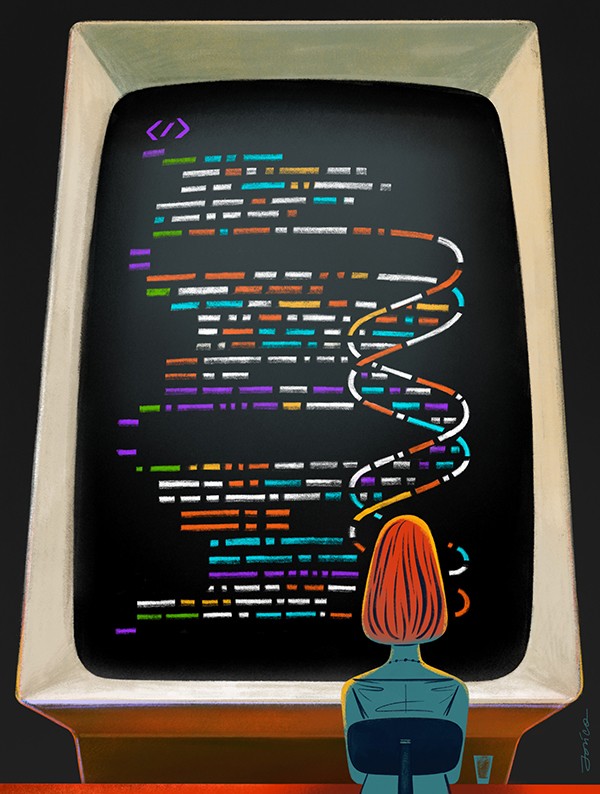
- Computer organization and architecture local author books install#
- Computer organization and architecture local author books drivers#
In this chapter, you’ll learn about the basics of processors, interrupts, the difference between RISC and CISC, parallel systems, memory, and I/O. Its purpose is to give you grounding before moving on to the more hands-on information that begins in Chapter 2. This chapter introduces some important concepts relating to computer architecture, with specific emphasis on those topics relevant to embedded systems. As diverse as embedded hardware may be, the underlying principles of design are the same. Alternatively, the embedded computer may be a 150-processor, distributed parallel machine responsible for all the flight and control systems of a commercial jet. An embedded computer may be implemented in a single chip with just a few support components, and its purpose may be as crude as a controller for a garden-watering system.
Computer organization and architecture local author books drivers#
The software is normally contained in the system’s nonvolatile memory, unlike a desktop computer where the nonvolatile memory contains boot software and (maybe) low-level drivers only.Įmbedded hardware is often much simpler than a desktop system, but it can also be far more complex too.
Computer organization and architecture local author books install#
The embedded computer may or may not have an operating system, and rarely does it provide the user with the ability to arbitrarily install new software. The embedded system typically has one application and one application only, which is permanently running. This makes the embedded system easier to produce, and much easier to evolve, than a complicated circuit. The advantage of using an embedded microprocessor over dedicated electronics is that the functionality of the system is determined by the software, not the hardware. In many cases, an embedded system is used to replace application-specific electronics. In contrast, the embedded computer is normally dedicated to a specific task. Which software is loaded and run is under user control. One moment, it may be used as a word processor the next it is an MP3 player or a database client. By running different application programs, the functionality of the desktop computer is changed. Desktop computers can run a variety of application programs, with system resources orchestrated by an operating system. The primary difference lies in their intended use, and this is reflected in the system design and their software. The basic principles of operation and the underlying architectures are fundamentally the same.īoth have a processor, memory, and often several forms of input and output. This is applicable to both embedded and desktop computers, because the primary difference between an embedded machine and a general-purpose computer is its application.

In this chapter, we’ll look at computer architecture in general. In fact, he may have 30 or more, hidden inside his TVs, VCRs, DVD players, remote controls, washing machines, cell phones, air conditioners, game consoles, ovens, toys, and a host of other devices. Ask the average person how many computers he has in his home, and he might reply that he has one or two. Embedded computers are far more numerous than desktop systems, but far less obvious. The second type of computer is the embedded computer, a computer that is integrated into another system for the purposes of control and/or monitoring. When you say “computer” to someone, this is the machine that usually comes to her mind. The first, and most obvious, is that of the desktop computer.


Designing a computer, therefore, is about designing a machine that holds and manipulates data.Ĭomputer systems fall into essentially two separate categories. Inside that box is the electronics that runs your software, stores your information, and connects you to the world. It’s that box that sits on your desk, quietly purring away (or rattling if the fan is shot), running your programs and regularly crashing (if you’re not running some variety of Unix). This book is about designing and building specialized computers. Pirsig, Zen and the Art of Motorcycle Maintenance


 0 kommentar(er)
0 kommentar(er)
